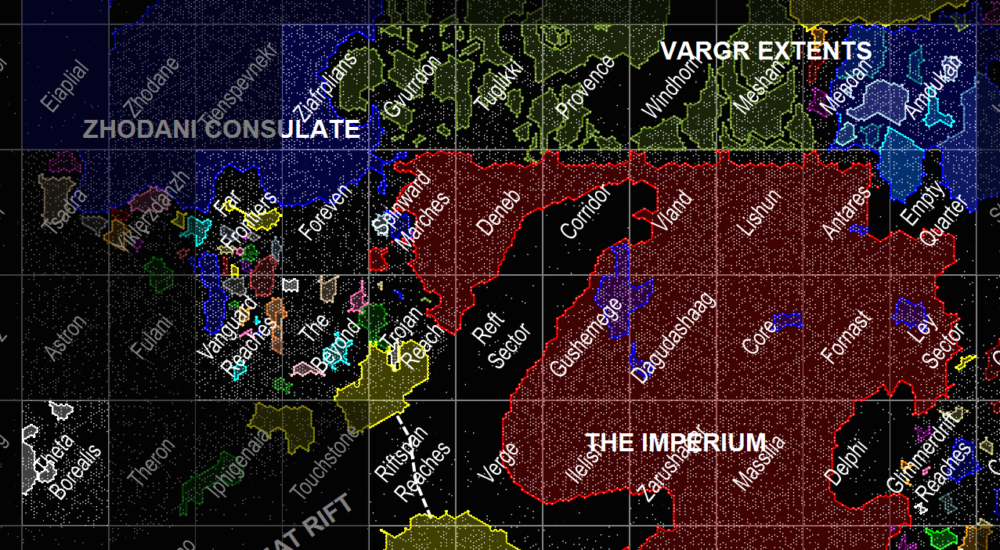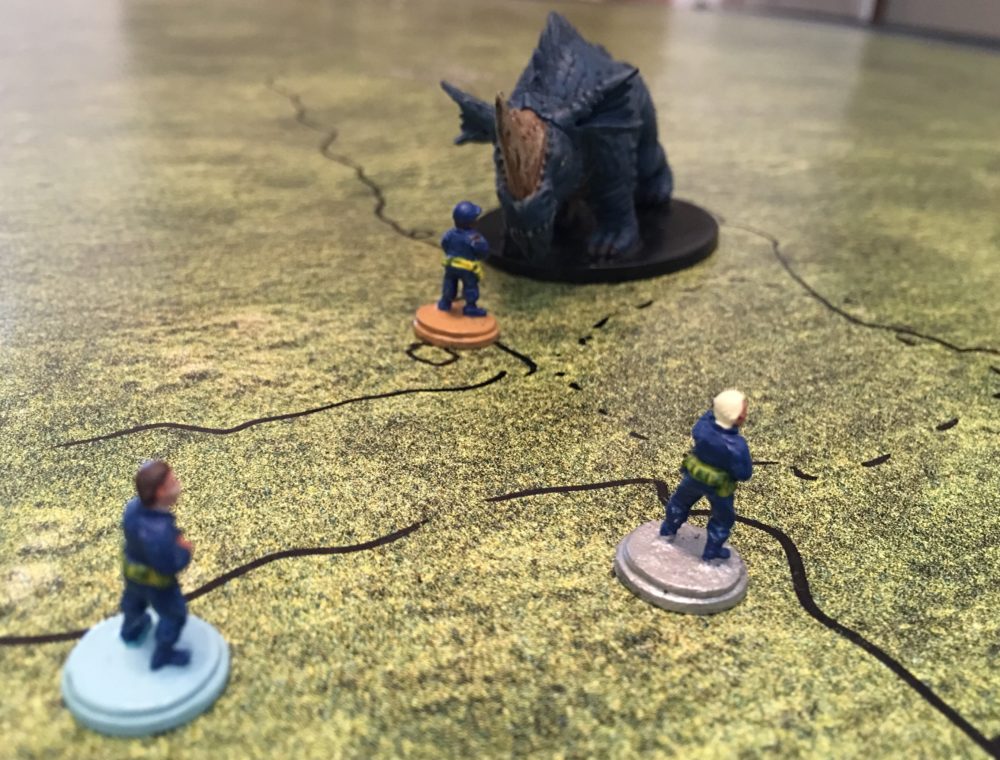
Running Long-Term Campaigns in Big Universes
Here is an interesting post that touches on one element needed for long running campaigns: a big universe where you’re usually saving a region of the world/universe (as opposed to dealing with X-Men style extinction events that literally save the world).
Having a shared universe. Not required, but I think its cool to have the ability to hand to baton off to another GM for a while, or even have multiple campaigns running at the same time in different parts of the universe.
The other things I find that helps for long term campaigns is having a rule-system that is geared for long-term play. D&D 5e, Traveller, and Chaosium d100 games all fit the bill in that they scale nicely to higher levels and you don’t have the power-creep that D&D 3e/4e and to some extent Savage Worlds do where combat starts to drag at higher levels. Also, other games like Fate are better suited for shorter term campaigns. I believe Fred Hicks said on social media at some point that most campaigns he runs are in the 6-12 sessions range, and I think the game design reflects that.
On that note, here’s how I think the most popular rules systems in our group map to ideal campaign length:
- Fate — 6 to 12 sessions
- Savage Worlds — 20 to 40 sessions
- D&D 5e / Traveller / Chaosium d100 — 45 to 100+ sessions
GURPs might fit into the latter as well as other systems I’m less familiar with.







Recent Comments